The views expressed in our content reflect individual perspectives and do not represent the official views of the Baha'i Faith.
Bernard Leach—one of the most respected and prominent potters in history—united the East and the West through pottery.
Responsible for joining the Orient and the Occident through art, Leach’s legacy encompasses over a dozen books, a prolific production of stunning pottery, and countless lectures and demonstrations around the world. His artistic career spans over half a century. Recognized as one of Britain’s leading master craftsmen, he was awarded the Commander of the Order of the British Empire twice. He was also awarded the Order of the Sacred Treasure 2nd Class in Japan, the highest honor Japan can bestow on a foreigner.
His work captured the best of what the East and West had to offer—the perfect blend of purity, simplicity and functionality. Leach played a crucial pioneering role in contributing to the development of pottery in the West, and his work became the standard by which other potters were judged. Leach taught that pottery created in the spirit of function and purpose contributed to the advancement of culture, cooperation and unity. He believed that the value and beauty of ceramics came from the life behind the work. His approach to cooperative craftsmanship became the driving force behind his philosophy—even further enhanced when he became a member of the Baha’i Faith.
Welcome to Uplifting the World of Being, a new series of articles where we’ll learn about Baha’is who left their mark on history through their creative and artistic pursuits:
Arts, crafts and sciences uplift the world of being, and are conducive to its exaltation. Knowledge is as wings to man’s life, and a ladder for his ascent. – Baha’u’llah, Epistle to the Son of the Wolf, p. 26.
Bernard Leach was born in Hong Kong on January 5th, 1887. Following the loss of his mother in childbirth, he was taken to be raised in Kyoto, Japan, by his maternal grandparents. Four years later, Leach’s father, a judge, remarried and they were reunited in Singapore. At the age of 10 Leach was brought to England to study at Beaumont College. Leach left Beaumont and enrolled at The Slade School of Art in London because he showed an innate talent in art. In 1904, Leach’s father was diagnosed with liver cancer and Leach promised his father that he would pursue a career in banking. Following his father’s passing, Leach became a bank clerk, but was soon disenchanted by the industry, retreating to North Wales to paint and draw.
At age 21, Leach enrolled in The London School of Art in Kensington, where he learned the art of etching from Frank Brangwyn. In 1908 Leach met his first wife, Muriel and together they moved to Japan where they married. Leach began to introduce Japanese artists to etching and produced art for magazine covers, and Muriel taught English. At about that same time Abdu’l-Baha wrote to an American Baha’i, expressing the importance of introducing the Japanese people to the message of Baha’u’llah:
A trip of the believers of God to the Orient is of the utmost importance and it will become the cause of great connection between the two regions … Perchance, God willing, in Japan, you may lay the foundation for the Kingdom! – Letter from Abdu’l-Baha to Mr. Howard McNutt, 1908
In 1911 Leach was invited to participate in a raku party, where the unique process of firing ceramics fascinated him. Raku, which means “enjoyment,” is a hand-shaped form of ceramics used in Japanese tea ceremonies. This became a formative moment for Leach, and he decided to follow the discipline of ceramics under the recommended guidance of his friend and newfound mentor Urano Shigekichi.
Through Shigekichi, Leach began to learn ancient and traditional Japanese styles and firing practices. Over the next few years, Leach met many other Japanese ceramic artists who inspired his work, including Yanagi Soetsu and Hamada Shoji. He would find ways to incorporate his etching and sketching skills into his approach toward ceramics, a fusion that had not been explored before. The various exposures and experiences eventually evolved into Leach developing his own signature style based on a fusion of Eastern and Western Slipware.
It was around 1914 in Tokyo when Leach first heard of the Baha’i Faith through an American Baha’i. Her name was Agnes Alexander and she had recently arrived in Japan to spread the teachings of the Baha’i Faith to the Orient, upon the request of Abdu’l-Baha. The daughter of Christian missionaries to Hawaii, she had learned about the Baha’i Faith while travelling Europe and immediately accepted Baha’u’llah as the return of Christ on earth. Soon after becoming a Baha’i she accepted an invitation to move to Japan. Leach shared the following memory upon meeting Alexander:
… we asked what had brought her to Japan and I was struck by the quietness of her smile when she answered “… you will not understand, but I came because a little old Persian Gentleman asked me to come” – My Religious Faith, Bernard Leach, 1953, p. 2
Because Leach was in the midst of exploring the integration of Eastern and Western philosophies, he was intrigued by the message of this new religion:
Much appealed to me from the first, marriage of east and west, the interrelationship of great religions, the significance of true art and true crafts as worship, the equality of men and women, the absence of prejudice, superstition, priests, great wealth and great poverty. – Ibid.
Although Leach was captivated by Alexander’s words, he resisted the truth of her message for some time, as her claim that Baha’u’llah was the second coming of Christ seemed initially too difficult for him to accept.
Following an unfortunate pottery fire in 1919, and a successful exhibition and tour of his book An English Artist in Japan, Leach set sail for England with his family and colleague, Hamada Shoji. He was now the father of three children, David Andrew, William Michael, and Eleanor. Leach and Hamada set up a pottery studio in St. Ives, a beautiful small artists’ and fishing village on the British coast of Cornwall. Together they built the first wood-burning climbing kiln and raku kiln in the West. Although the first few firings were unsuccessful, Leach and Hamada began to gain the support of other experienced potters who would travel to St. Ives, while Leach continued to work on his signature style and philosophical approach. It was around this time that his twin daughters were born, Ruth Jessamine and Elizabeth Massey, accounting for five children in total with his wife Muriel.
At this point, the pottery in St. Ives had begun to contribute to a collaborative community of artists in the region. They came from far and wide to learn about the Eastern style of pottery that Leach introduced to the West. Leach also went to other parts of Britain to set up potteries and to teach. His marriage to Muriel was in great peril, and he was searching for an excuse to take a break. An opportunity arose for Leach to set up a pottery in Darington, which he was quick to accept.
Leach encountered the Baha’i Faith a second time in Dartington Hall, 1933, through a fellow colleague, Mark Tobey. Tobey and Leach conversed on the truths of Baha’u’llah’s teachings, and Toby shared literature and accompanied Leach to Baha’i meetings where Bernard would ask deep, challenging questions concerning Baha’u’llah’s claim to be a messenger of God.
Unlike his lifelong Slade Art School friend and fellow artist Reginald Turvey (who instantly became a Baha’i and was later given the title “The Father of the Baha’is of South Africa”) Leach resisted Tobey’s message for a number of years. However, their friendship continued, and they even travelled to the Orient together. Leach eventually accepted the Baha’i Faith once he experienced the harmony between the Faith’s mission and that of his craft. Leach was also convinced by the realization that the Central Figures of the Baha’i Faith were ‘without egocentricity’:
I found myself convinced, almost against my will, that the absence of self implied the presence of Truth–the Universal ’I am that I am.’ – Bernard Leach, Beyond East and West, p. 165.
It was 1940 when Leach declared himself as a member of the Baha’i Faith and also released his most important publication, A Potter’s Book, which became the staple handbook for any potter working in the West.


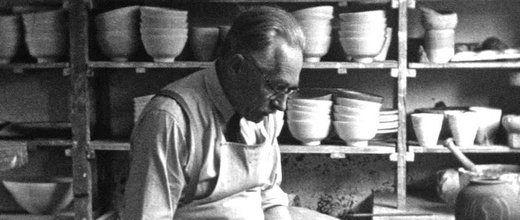

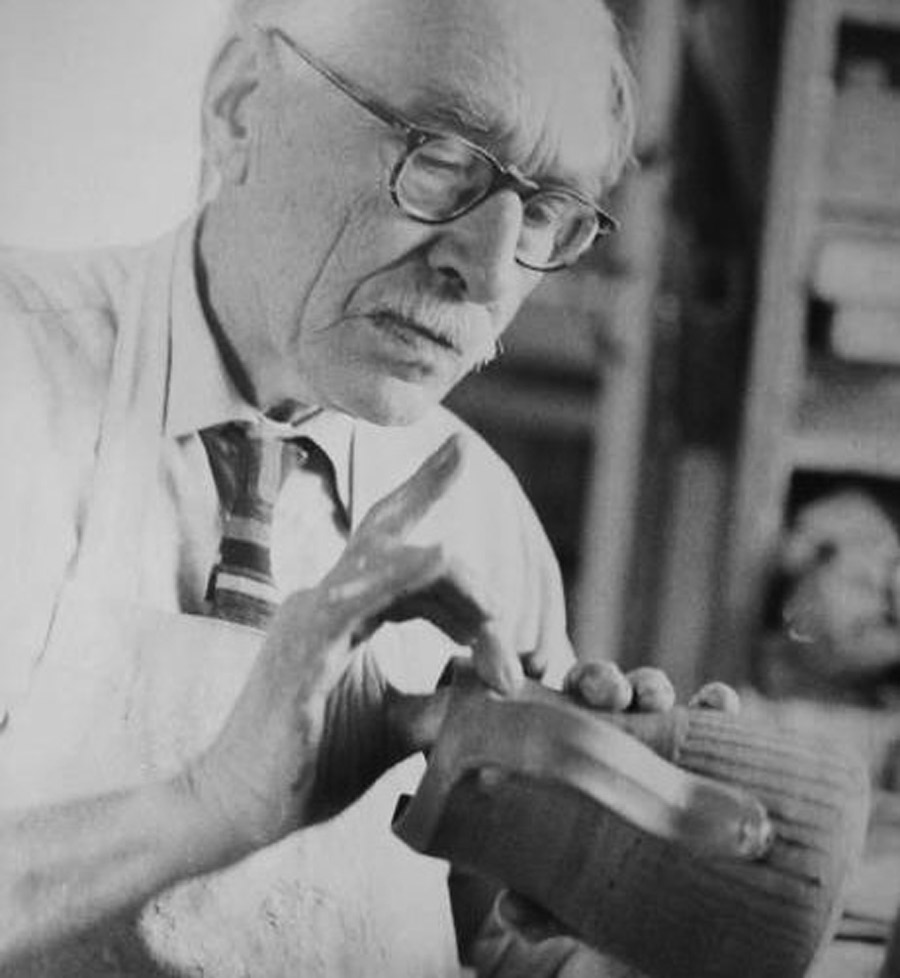
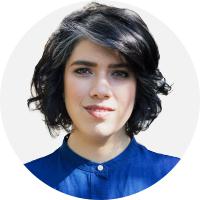
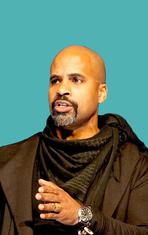
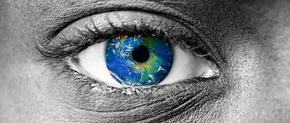
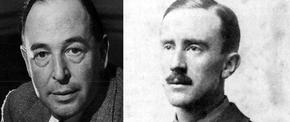
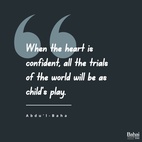
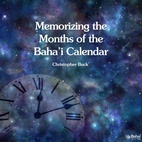
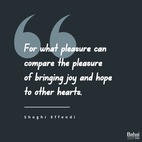
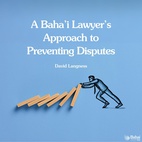
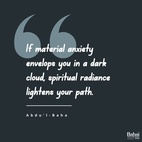
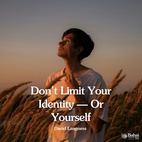
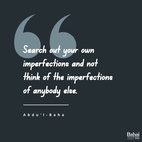
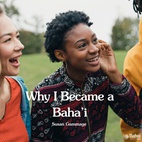

Comments
Sign in or create an account
Continue with Facebookor